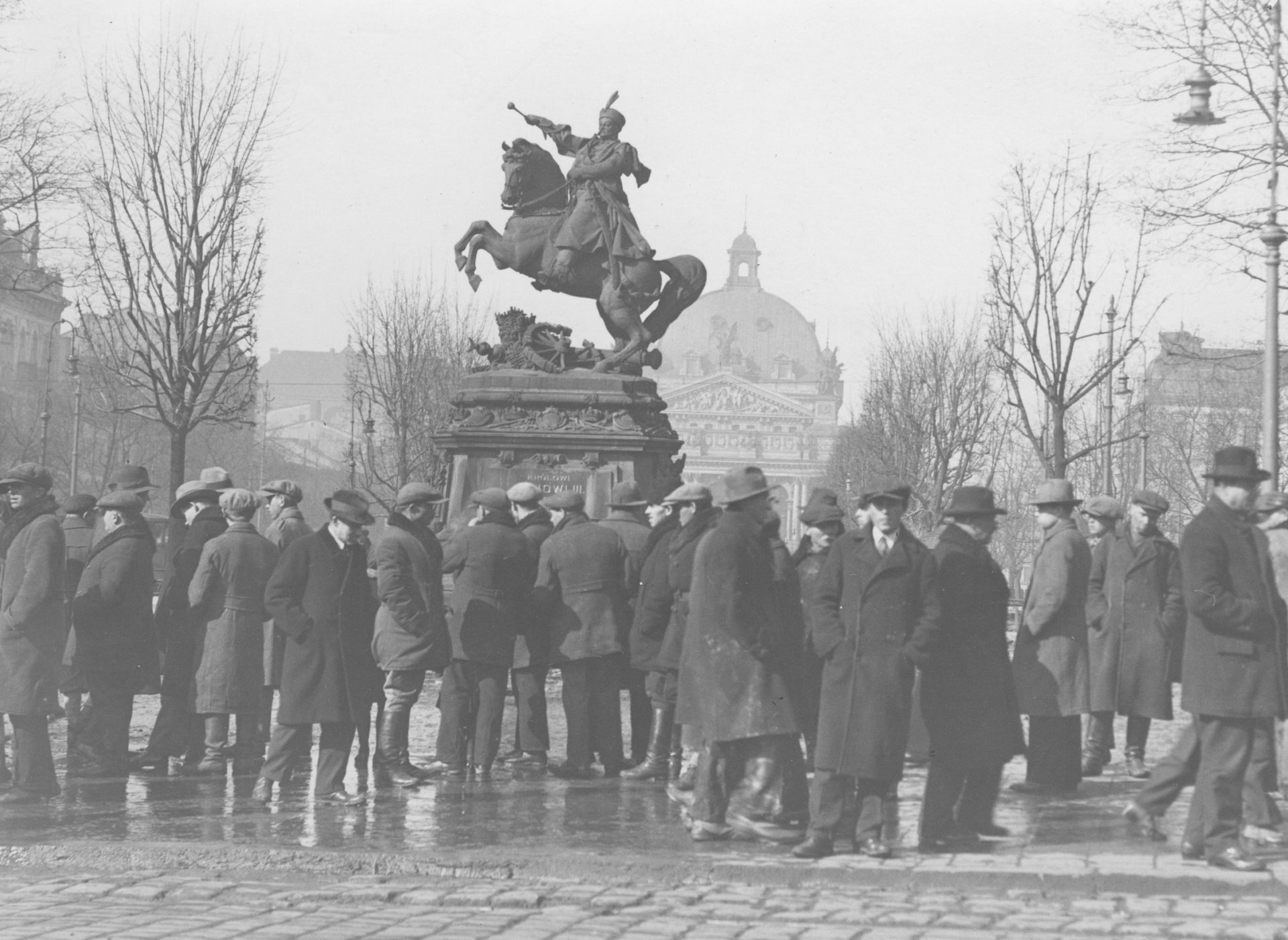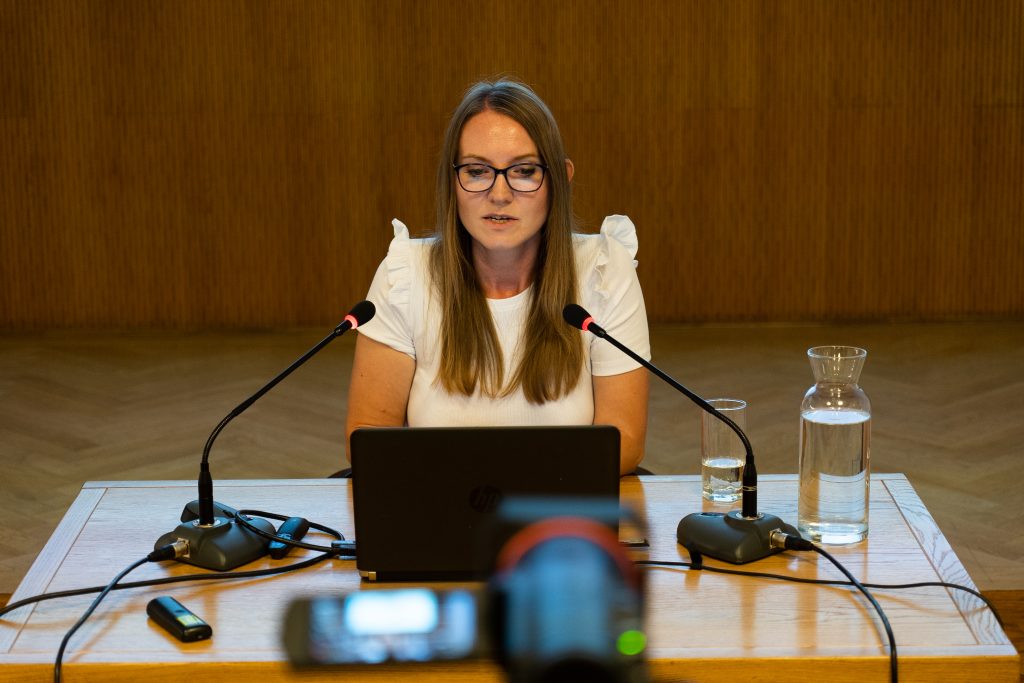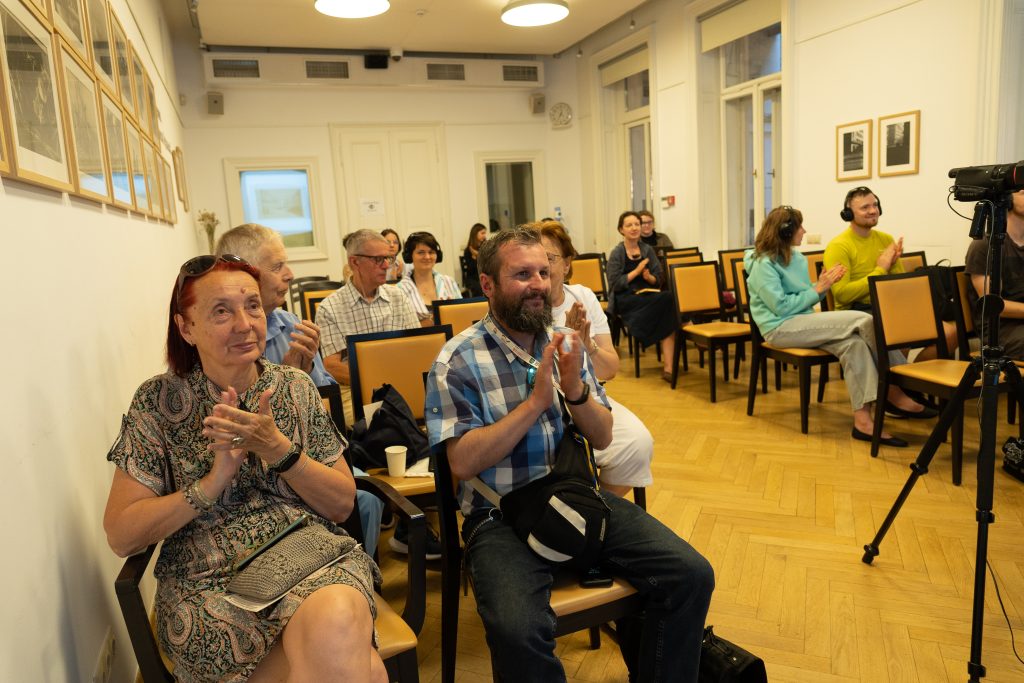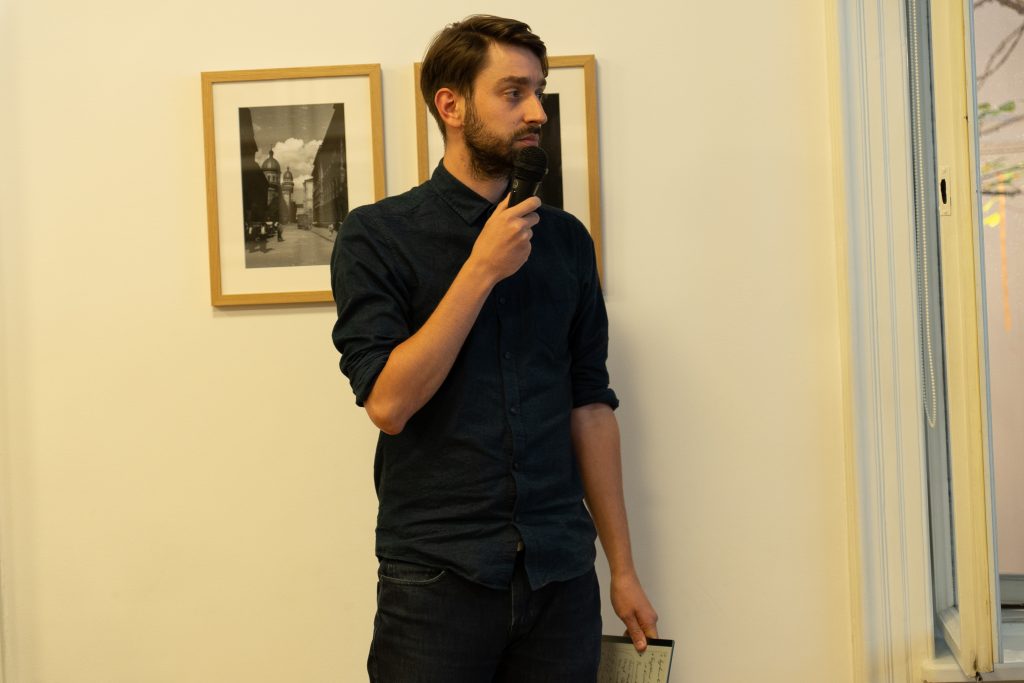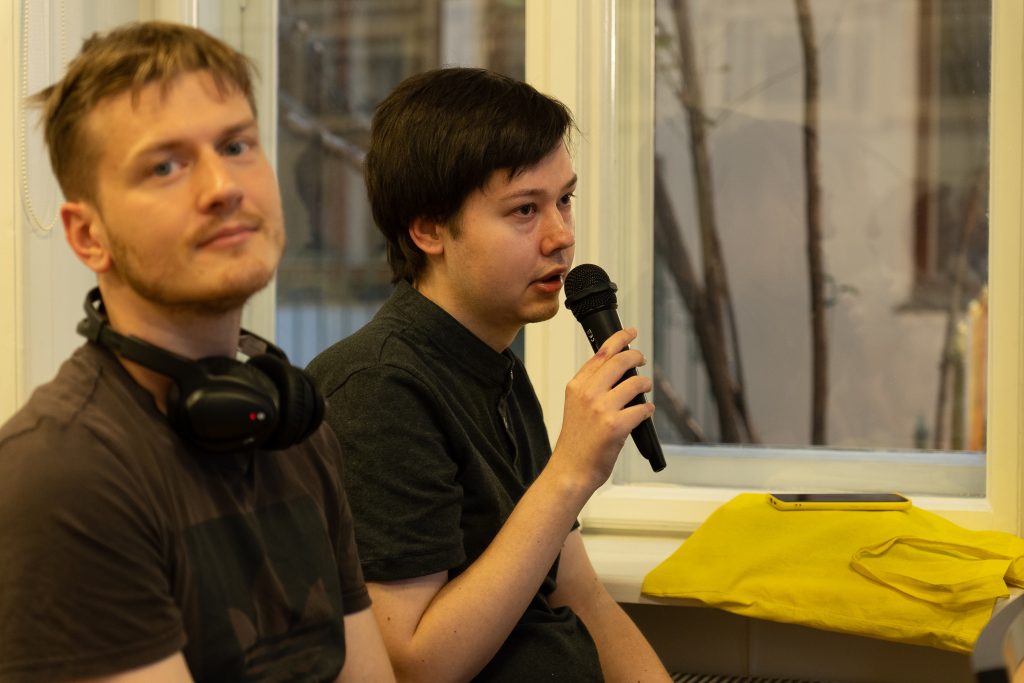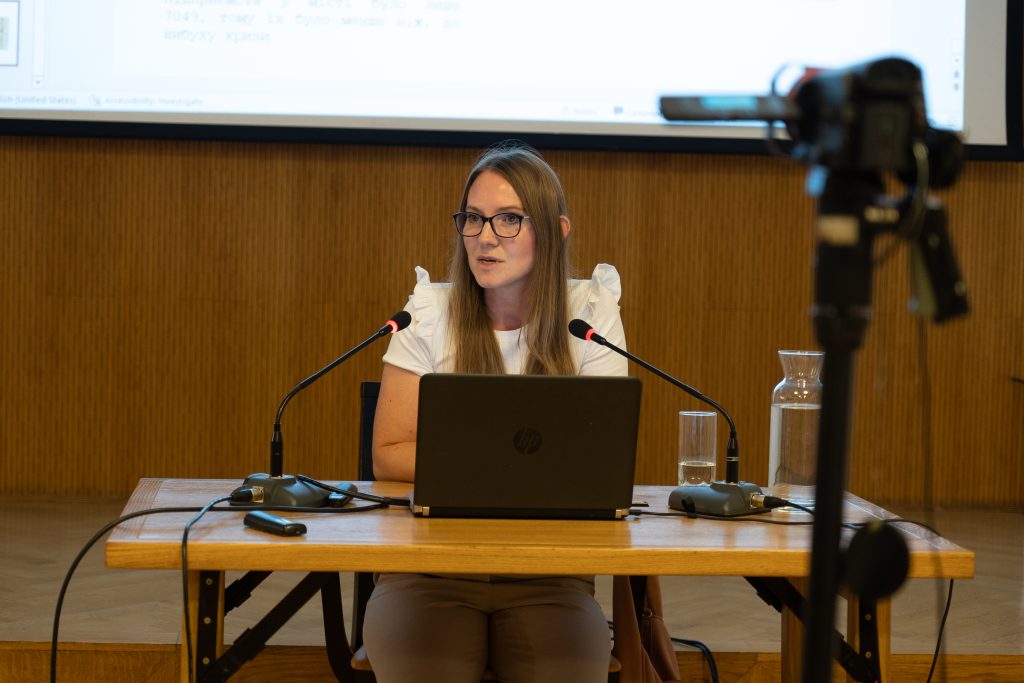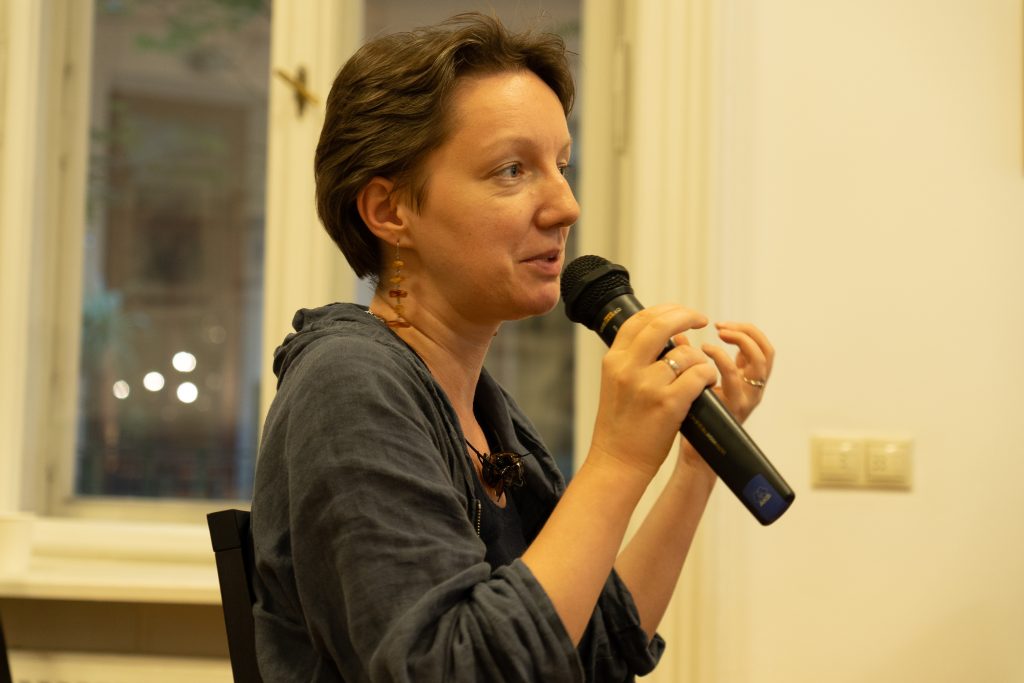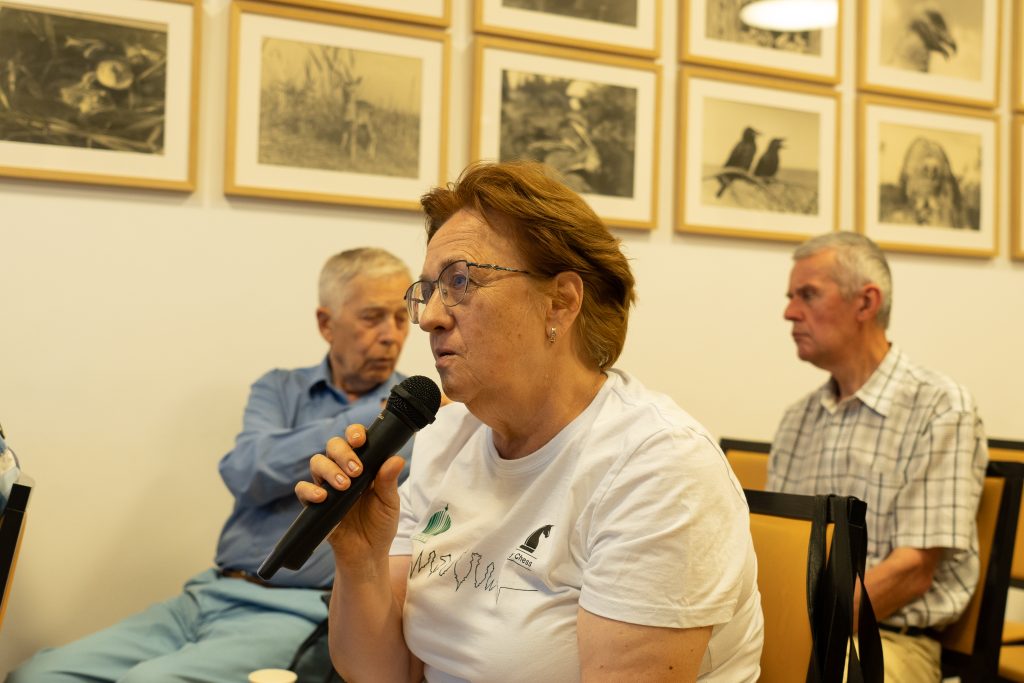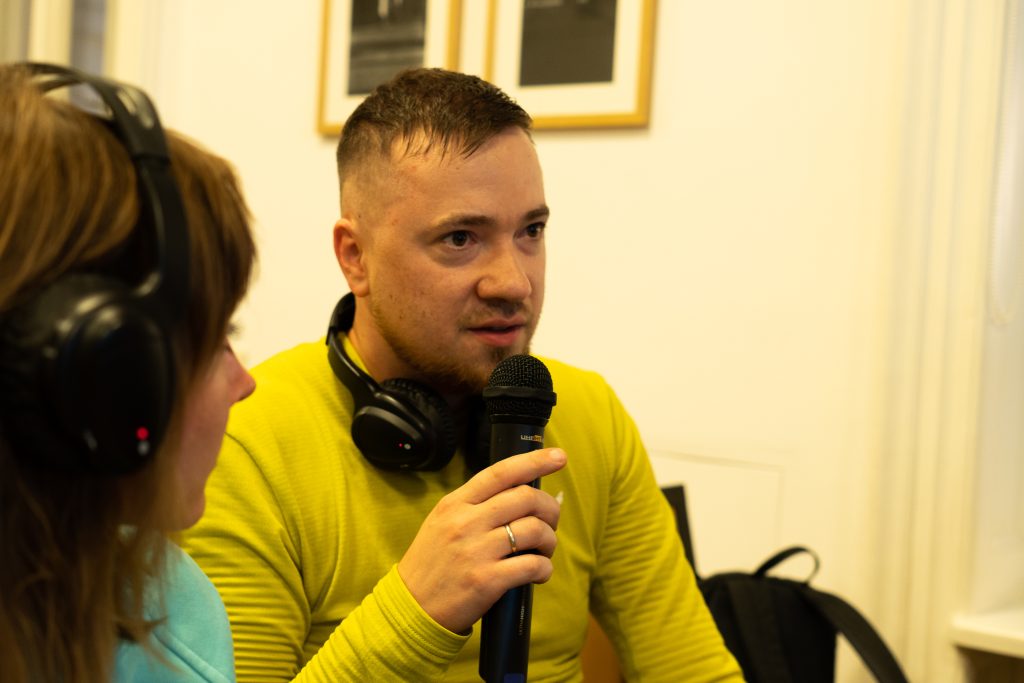No Work and No Prospects. Unemployment in Lviv in 1930-1935
Ewa Bukowska Marczak
5.9.2024, 18:30
Conference Room of the Center for Urban History
We invite you to the lecture by Ewa Bukowska Marczak, with which we continue the series of public lectures "Let's Have a City…"
A major economic crisis hit the world in 1930-1935. During this period, there were mass lay-offs in Lviv, municipal institutions, private enterprises, and factories. At the same time, mass strikes were organized. In Lviv, the most tragic demonstrations took place after the funeral of 23-year-old worker Władysław Kozak in April 1936. In total, 190 protests of the unemployed were held in Poland.
In 1931, the Institute of Public Economy (Instytut Gospodarstwa Społecznego) announced a competition for memoirs written by the unemployed. Five stories from Lviv were among the published stories, testifying to the struggle of specific people with the tragedy of unemployment.
In order to overcome the crisis, unemployment assistance institutions emerged, which played an important role during the Great Depression. At that time, employment agencies offered help in finding a job. In Lviv, the office of such an agency was located at 28 Świętokrzyska Street (now Bortniańskoho Street).
In October 1931, the City Public Committee for Unemployment Relief was established to provide emergency assistance to those in need. The Committee's tasks included, among other things, the distribution of food stamps and the provision of meals, commodities, and coal. At the end of 1931, the Ukrainian Committee for the Relief of the Unemployed and Poor was established in Lviv under the patronage of Metropolitan Andrey Sheptytsky.
The Magistrate and the Provisional City Council provided material assistance, introducing a surcharge for water in February 1932 to raise additional funds for the unemployed. During the autumn and winter, the city distributed 3,500 meals daily to the unemployed and single citizens.
Apart from the hardships associated with the absence of work and wages, the unemployed in Lviv faced other problems. They often fell victim to fraudsters who promised to help them find employment in exchange for a bribe. Moreover, the unemployed usually found themselves homeless or facing eviction. It was only in 1934 that the city decided to purchase old railroad cars to provide temporary shelter for those who found themselves on the streets. Other consequences of unemployment were suicides, which were regularly reported in the Lviv press.
Although 1935 is symbolically considered the end of the crisis, the unemployment rate in Lviv and Poland generally remained high until the outbreak of World War II.

Ewa Bukowska Marczak
PhD in History, researcher at the National Museum in Lublin, and a member of the Department of Social History of the XIX-XX centuries at the Institute of History of the Polish Academy of Sciences. She researches the social history of the interwar period and the history of Lviv. She is a scholarship holder and collaborator of the Center for Urban History of East Central Europe in Lviv (2016) and the Lanckoronski Foundation (2024), winner of the Historical Prizes of the “Polityka” publication (2020). Author of the book “Friends, Colleagues, or Enemies? Relations between Polish, Ukrainian, and Jewish Students of the Jan Kazimierz University in Lviv in the Interwar Period” (Warsaw 2019). She has been published, among others, in the Kwartalnik Historii Nauki i Techniki PAN, Kwartalnik Historyczny, and the weekly “Polityka.” In her private life, she is interested in the history of the Polish-Ukrainian borderland and the history, politics, and culture of the South Caucasus.
Credits
Cover Image: Unemployed men near the monument to Jan III Sobieski on Hetmanska Street (now Svobody Avenue). Source: Narodowe Archiwum Cyfrowe.
Gallery: Olha Klymuk
